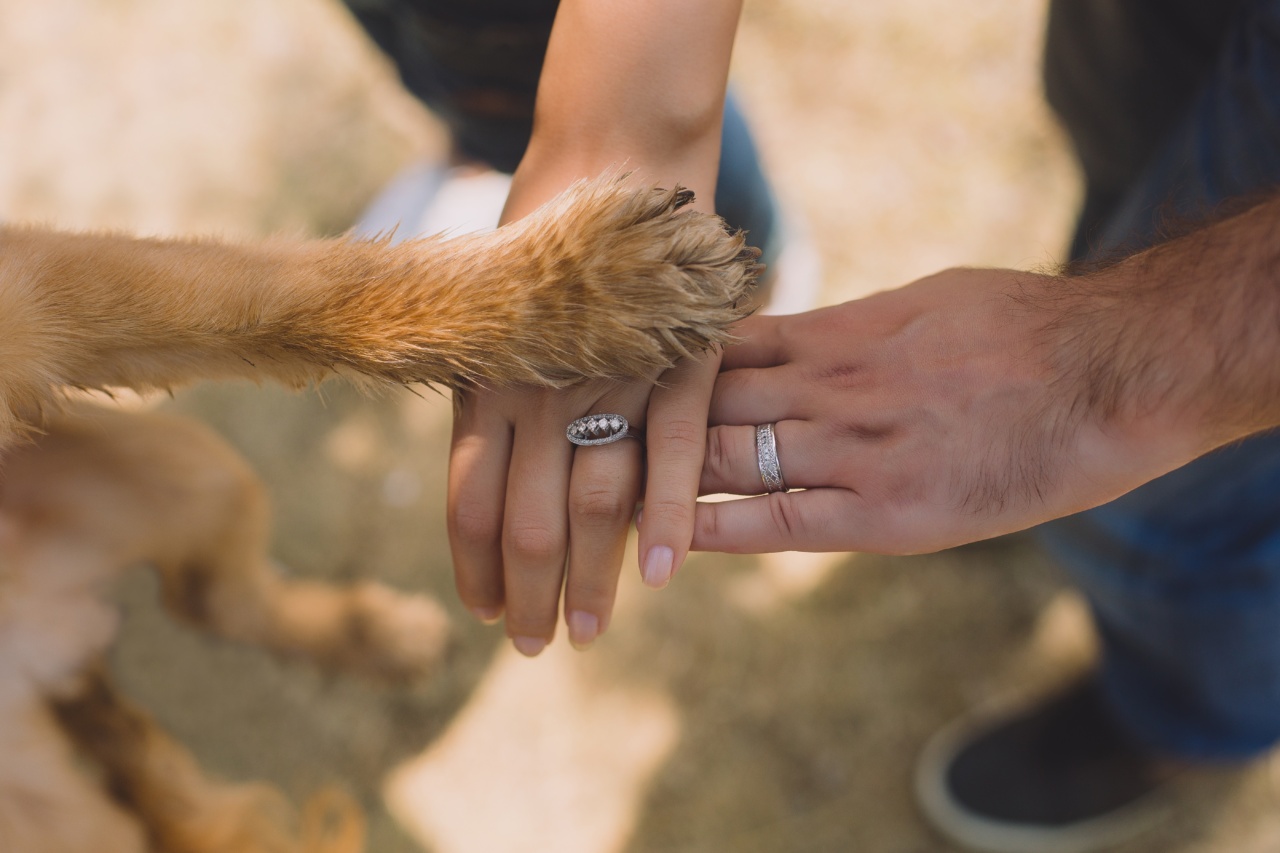Dogs are known for their unique behaviors, and one such behavior that many dog owners often encounter is their tendency to “ride” their human’s feet.
This peculiar habit has puzzled pet owners for generations, leading many to question why dogs engage in this behavior. To unravel the mystery behind this adorable yet perplexing act, we dive into the science of why dogs choose to ride our feet.
Dog Behavior: An Insight into Canine Psychology
Understanding why dogs exhibit certain behaviors requires delving into their psychology and instincts. Dogs have inherited various behaviors from their wild ancestors, including wolves.
Canine behaviorists believe that the act of riding feet can be traced back to their pack mentality.
Pack Mentality: Instincts at Play
In the wild, wolves and wild dogs often live in packs, where hierarchical structures are essential for survival. Dominant members of a pack are known to assert their authority by physically touching or leaning on subordinate members.
This act is believed to establish dominance and reinforce social bonds within the group.
When dogs ride their human’s feet, it can be seen as a way of mimicking this behavior.
By leaning on their owner’s feet, dogs may be attempting to establish a sense of dominance or simply seeking comfort and security within the familial pack.
Seeking Comfort and Security
It is no secret that dogs are social animals who thrive on companionship. Dogs often form strong emotional bonds with their human guardians and see them as part of their pack.
Seeking physical contact through riding feet may be a way for dogs to seek comfort and security from their trusted humans.
When a dog leans on their owner’s feet, it can be a source of physical reassurance for the dog.
Just like humans seek comfort from hugging or leaning on loved ones during times of stress or fear, dogs may find solace in the physical presence of their owners.
Temperature Regulation and Relaxation
Another possible explanation for why dogs resort to riding feet is temperature regulation. Dogs rely on their owners to provide them warmth, especially during colder months or in chilly environments.
The paws of dogs are particularly sensitive to temperature changes, and by leaning on their human’s feet, they can benefit from the warmth emitted by their owner’s body.
Riding their owner’s feet may also help dogs relax. Just like an embrace can promote relaxation and reduce anxiety in humans, leaning on feet may have a similar calming effect on dogs.
The physical contact stimulates the release of oxytocin, known as the “cuddle hormone,” which helps dogs feel content and secure.
Behavior Reinforcement
In some cases, the act of dogs riding feet may be unintentionally reinforced by their owners.
Many well-meaning pet owners inadvertently reward this behavior by providing attention, such as petting or talking to the dog, when they engage in foot-riding.
Dogs are intelligent animals that quickly learn to associate actions with rewards.
If a dog receives attention or affection every time they engage in foot-riding, they may continue the behavior as a means to receive the desired response from their owner.
Preventing or Redirecting the Behavior
While dogs riding feet may seem harmless or endearing, it is important to address the behavior if it becomes excessive or unwanted. Pet owners can take several steps to prevent or redirect this behavior:.
- Ignore the behavior: As mentioned earlier, unintentionally reinforcing the behavior can lead to its persistence. By ignoring the dog’s attempts to ride feet, the behavior may diminish over time.
- Provide alternative outlets: Dogs often engage in certain behaviors due to boredom or lack of mental stimulation. Offering alternative outlets for their energy, such as interactive toys or engaging in regular exercise, can redirect their focus.
- Training and positive reinforcement: Teaching dogs to engage in alternative behaviors through obedience training can help redirect their attention. Rewarding desired behaviors and ignoring unwanted ones can be effective in shaping their conduct.
- Seek professional help: If the behavior persists or becomes a source of concern, consulting with a professional dog trainer or behaviorist can provide valuable insights and guidance.
Conclusion
The act of dogs riding their owner’s feet may have roots in their instinctual pack behavior and need for companionship. It can serve as a manifestation of their desire for comfort, security, and social interaction.
Understanding the science behind this behavior can help pet owners navigate their canine companions’ actions and foster a deeper bond based on trust and engagement.































